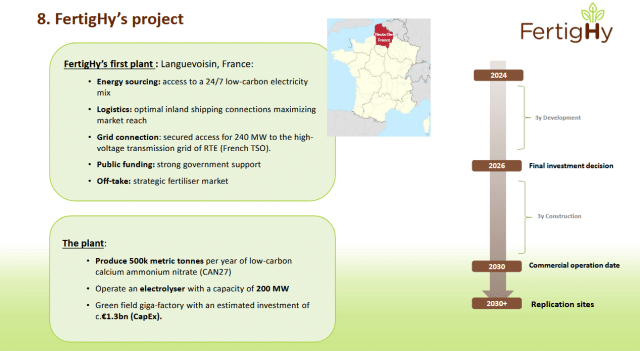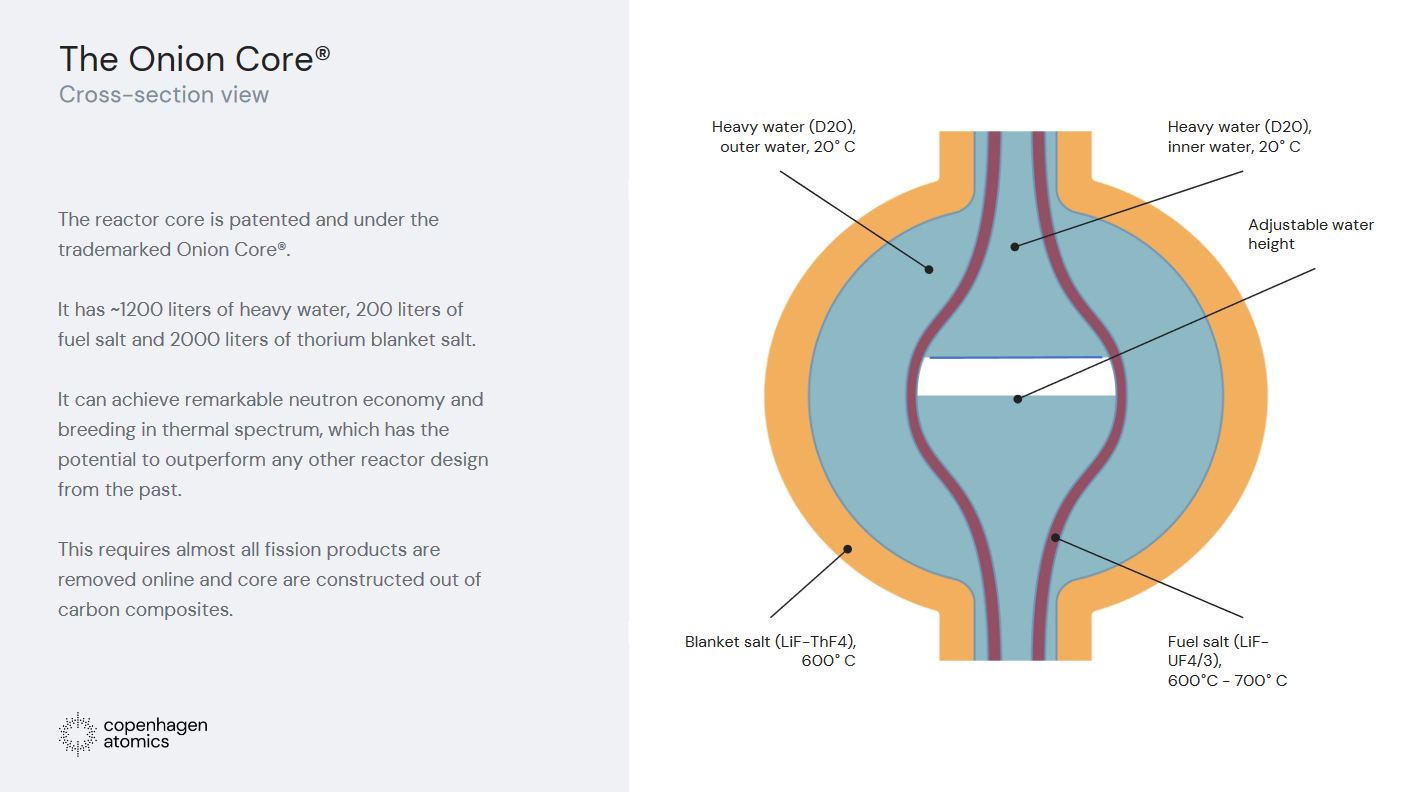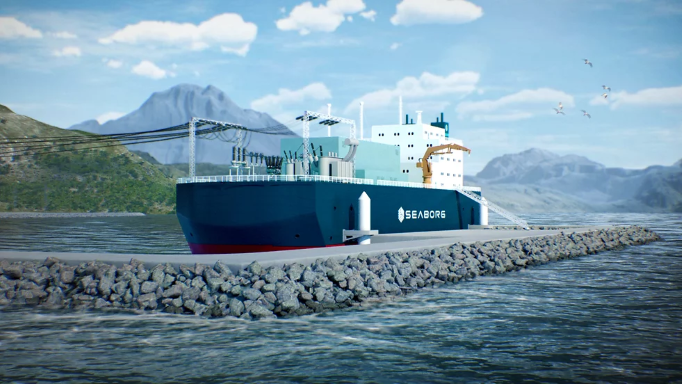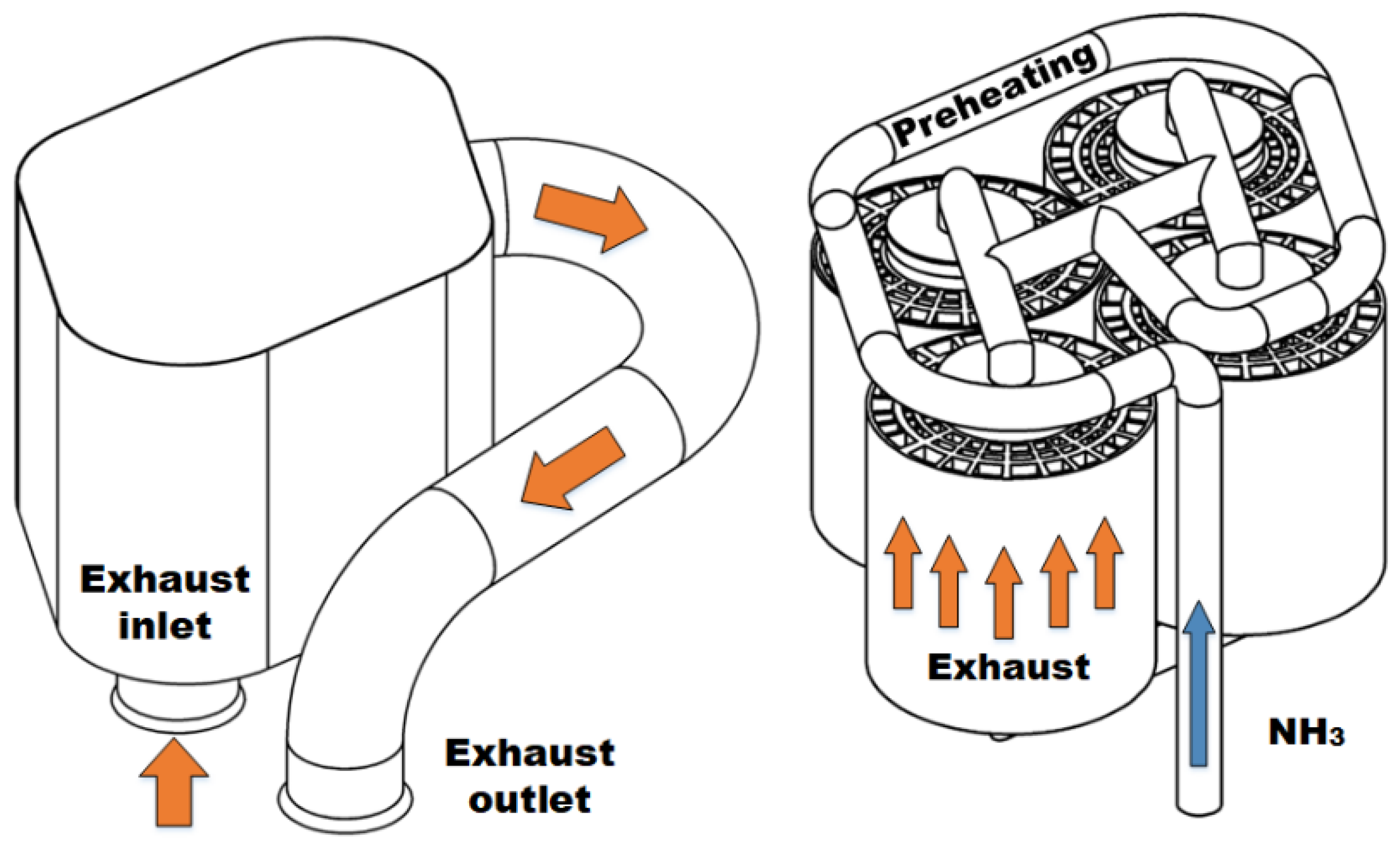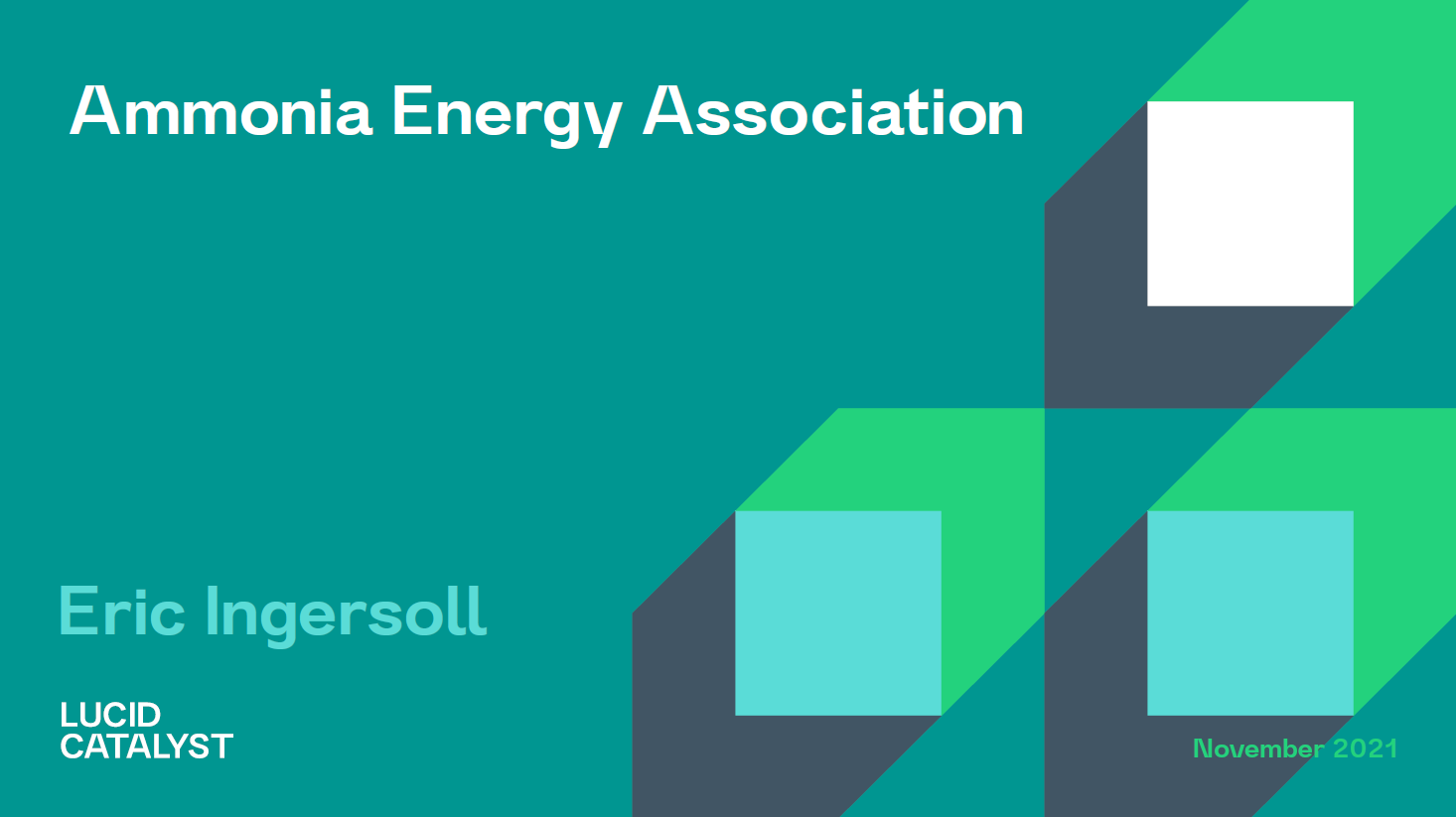Nuclear Ammonia
FertigHy: reducing dependence on fossil-based fertilizers in Europe
In our latest episode of Project Features, we explored the FertigHy consortium’s plans to construct its first grid-connected ammonia and fertilizer plant in northern France. Using electrolytic hydrogen produced from France’s renewable and nuclear-dominated grid, FertigHy will provide long-term, fixed-price fertilizer supplies to the EU, reducing dependence on imports. Technology licensor and project partner Stamicarbon explored considerations for low-emission ammonia plants, and the technology sets available.
Thorium-powered ammonia production in Indonesia
In our September episode of Ammonia Project Features, Pupuk Kaltim and Copenhagen Atomics joined us to explore their new, nuclear-powered ammonia project in Bontang, East Borneo. Cophenagen’s Thorium-fed, Onion Core® reactor design will be integrated with solid oxide electrolysers and an existing ammonia synthesis loop to produce more than one million tonnes per year of low-carbon ammonia.
Nuclear-powered ammonia production in Indonesia
Meet Pupuk Kaltim and Copenhagen Atomics to learn more about their nuclear-powered ammonia production project in Bontang, Indonesia. At full scale, the plant will feature 1 GW of solid oxide electrolysis capacity, 25 modular thorium molten salt reactors, and the production of one million tons of ammonia per year.
Nuclear-powered ammonia production in Indonesia
A consortium of Danish and Indonesian companies - including Topsoe, Copenhagen Atomics, Pupuk and Pertamina - will collaborate to develop a 1 million tonnes per year, nuclear-powered ammonia project for fertiliser production in Bontang, Indonesia. Copenhagen Atomics’ thorium molten salt reactors will power 1 GW of solid oxide electrolysis capacity.
Solid oxide electrolysis: building capacity
Solid oxide electrolysis has recently gained traction, and is fast becoming an attractive technology option for new ammonia production projects. This week we will explore a recent ISPT report, the scale-up of Topsoe’s manufacturing capacity, and several project announcements.
Nuclear-powered ammonia production
The potential for nuclear-powered ammonia production is developing fast. Two seperate industrial consortia (Copenhagen Atomics, Alfa Larval & Topsoe, and KBR & Terrestrial Energy) have formed to develop thorium-fueled reactors, and hydrogen & ammonia production is a key part of their plans. Given nuclear electricity dominates France’s energy mix, a grid-connected electrolyser project at Borealis’ fertiliser production plant in Ottmarsheim, France will be one of the first examples of commercial-scale, nuclear-powered ammonia production. And, while capital costs & lead times remain significant, mass production of new technologies and research into flexible power production capabilities are emerging as key to unlocking nuclear-powered ammonia production.
Ammonia production from offshore nuclear power
Samsung Heavy Industries and Danish organisation Seaborg have signed a new agreement to develop floating nuclear power plants. The partners have identified P2X projects producing hydrogen and ammonia fuel as key applications for the 800 MW vessels. This follows a report released in January, where UK-based CORE POWER suggests floating nuclear power to produce offshore ammonia can create a network of strategically-located refueling points to service a wide range of maritime transport, with particularly promising applications in the US.
Ammonia combustion analysis: powertrains, turbines & power generation
This week we explore four updates in ammonia combustion R&D:
1. A team from the University of Cambridge has shown merchant vessels are the strongest candidates for conversion to run on ammonia powertrains, with cargo capacity losses of 4-9% able to be feasibly offset by operators.
2. Researchers at the University of Minnesota have successfully tested a thermochemical recuperation (TCR) reactor to improve the efficiency of a dual-fuel, diesel-ammonia compression ignition engine by minimising ammonia slip.
3. A global team led by Cardiff University researchers has revealed some of the inner workings of ammonia combustion in gas turbine flames.
4. A global team has produced a cradle-to-gate environmental assessment for ammonia production and ammonia-based electricity generation, suggesting that renewable and nuclear ammonia have a significant role to play in decarbonising the power sector.

